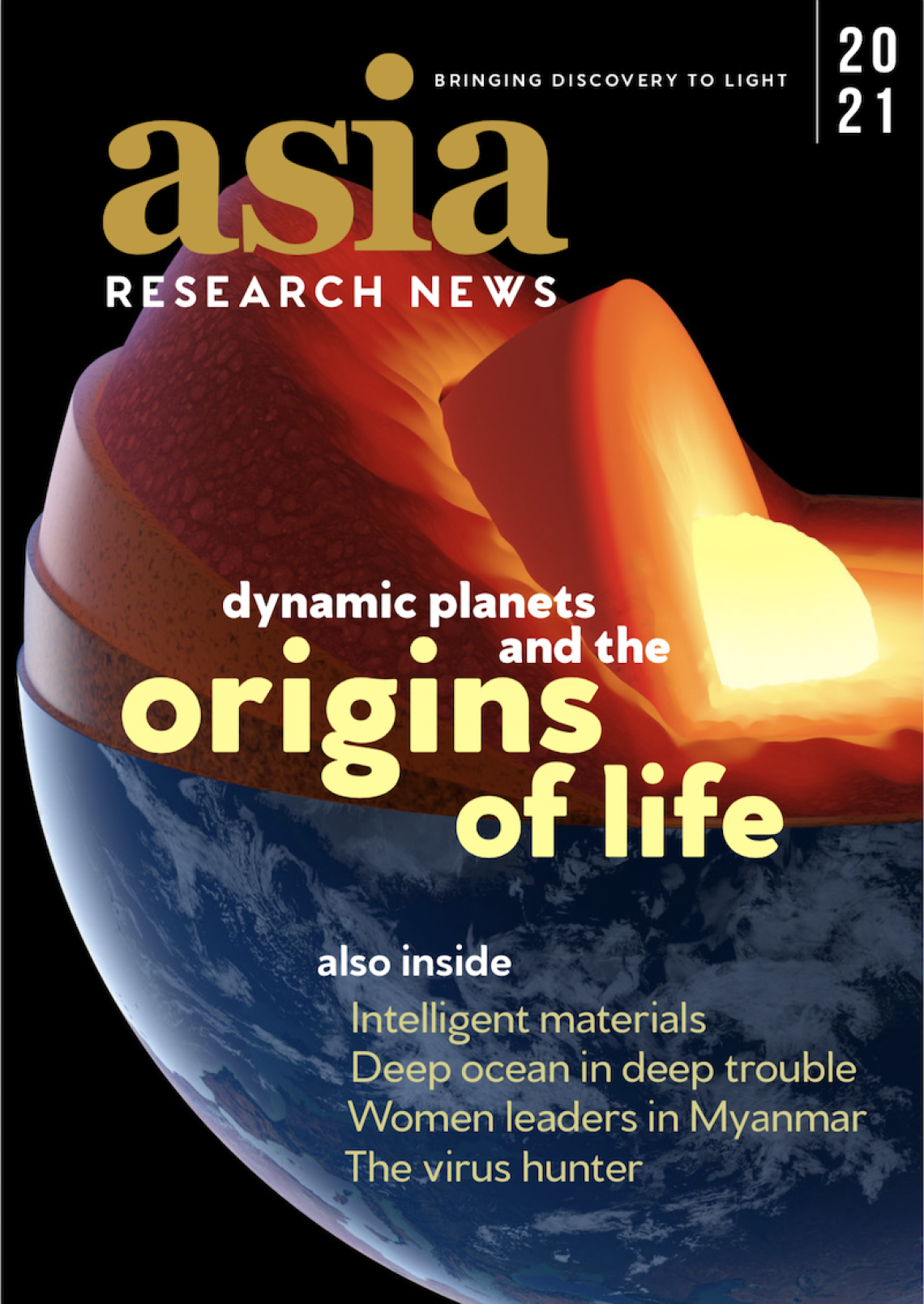This story is featured in the Asia Research News 2021 magazine. Read in ISSUU (above) or full text and images below.
Scientists in Japan have developed a machine learning approach that can predict the elements and manufacturing processes needed to obtain an aluminium alloy with specific, desired mechanical properties. The approach, published in the journal Science and Technology of Advanced Materials, could facilitate the discovery of new materials.
Aluminium alloys are lightweight, energy-saving materials made predominantly from aluminium, but also contain other elements, such as magnesium, manganese, silicon, zinc and copper. The combination of elements and manufacturing process determines how resilient the alloys are to various stresses. For example, 5000 series aluminium alloys contain magnesium and several other elements and are used as a welding material in buildings, cars and pressurized vessels. 7000 series aluminium alloys contain zinc, and usually magnesium and copper, and are most commonly used in bicycle frames.
Experimenting with various combinations of elements and manufacturing processes to fabricate aluminium alloys is time-consuming and expensive. To overcome this, Ryo Tamura and colleagues at Japan’s National Institute for Materials Science and Toyota Motor Corporation developed a materials informatics technique that feeds known data from aluminium alloy databases into a machine learning model. This trains the model to understand relationships between alloys’ mechanical properties and the different elements they are made of, as well as the type of heat treatment applied during manufacturing. Once the model is provided with enough data, it can predict what is required to manufacture a new alloy with specific mechanical properties. All this without the need for input or supervision from a human.
For example, the model found that 5000 series aluminium alloys highly resistant to stress and deformation can be made by increasing the manganese and magnesium content and reducing the aluminium content.
“This sort of information could be useful for developing new materials, including alloys, that meet the needs of industry,” says Tamura.
The model employs a statistical method, called Markov chain Monte Carlo, which uses algorithms to obtain information and then represent the results in graphs that facilitate the visualization of how the different variables relate. The machine learning approach can be made more reliable by inputting a larger dataset during the training process.
Further information
Dr Ryo Tamura
[email protected]
International Center for Materials Nanoarchitectonics
National Institute for Materials Science
Dr Yoshikazu Shinohara
[email protected]
Science and Technology of Advanced Materials
National Institute for Materials Science




